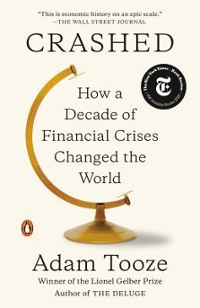Question
Consider the following demand curve: P = 24 - Qd, which implies that MR= 24 - 2Qd. Now consider a Monopoly with TC and MC
Consider the following demand curve: P = 24 - Qd,
which implies that MR= 24 - 2Qd.
Now consider a Monopoly with TC and MC given, respectively, by
TC = Q2+ 36,
MC = 2Q,
where Q is the quantity supplied by the monopolist.
1.Consider a single price monopoly. What is the optimal monopoly priceand the quantity?
2. What is the economic profit of the monopoly? What about consumer surplus and producer surplus?
3.In a perfectly competitive industry such that MC=P (with the same costs and same demand), what would be the quantity produced and the price? What about consumer surplus and producer surplus?
4.If the firm could charge each customer a different price ("perfect price discrimination") equal to their willingness to pay, how much would the monopoly produceand how much a profit would it obtain? What about consumer surplus and producer surplus?
5. True or False: the perfectly discriminatory market is efficient.
6. True or False: a price ceiling would improve efficiency in the monopoly case.
Step by Step Solution
There are 3 Steps involved in it
Step: 1

Get Instant Access to Expert-Tailored Solutions
See step-by-step solutions with expert insights and AI powered tools for academic success
Step: 2

Step: 3

Ace Your Homework with AI
Get the answers you need in no time with our AI-driven, step-by-step assistance
Get Started


